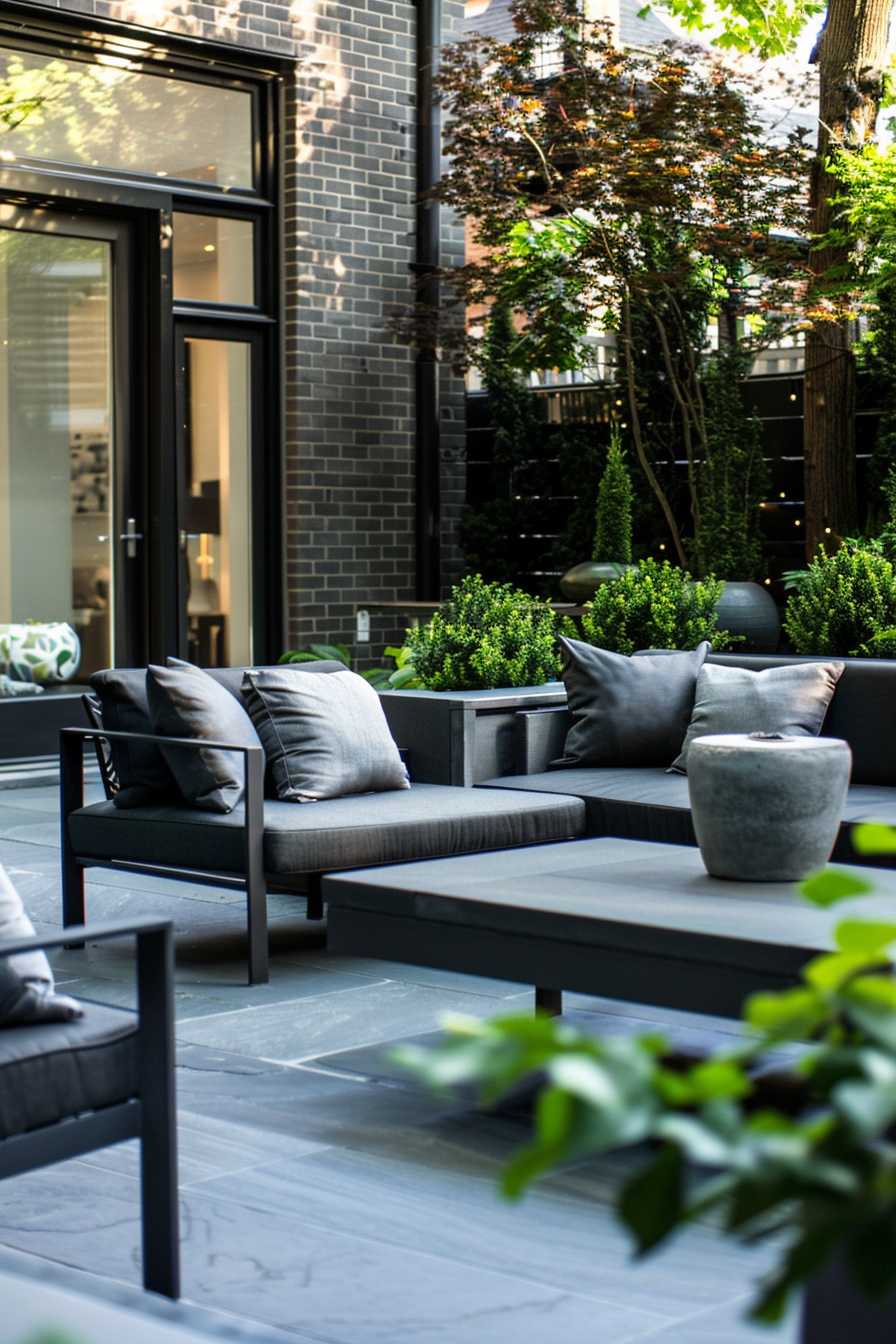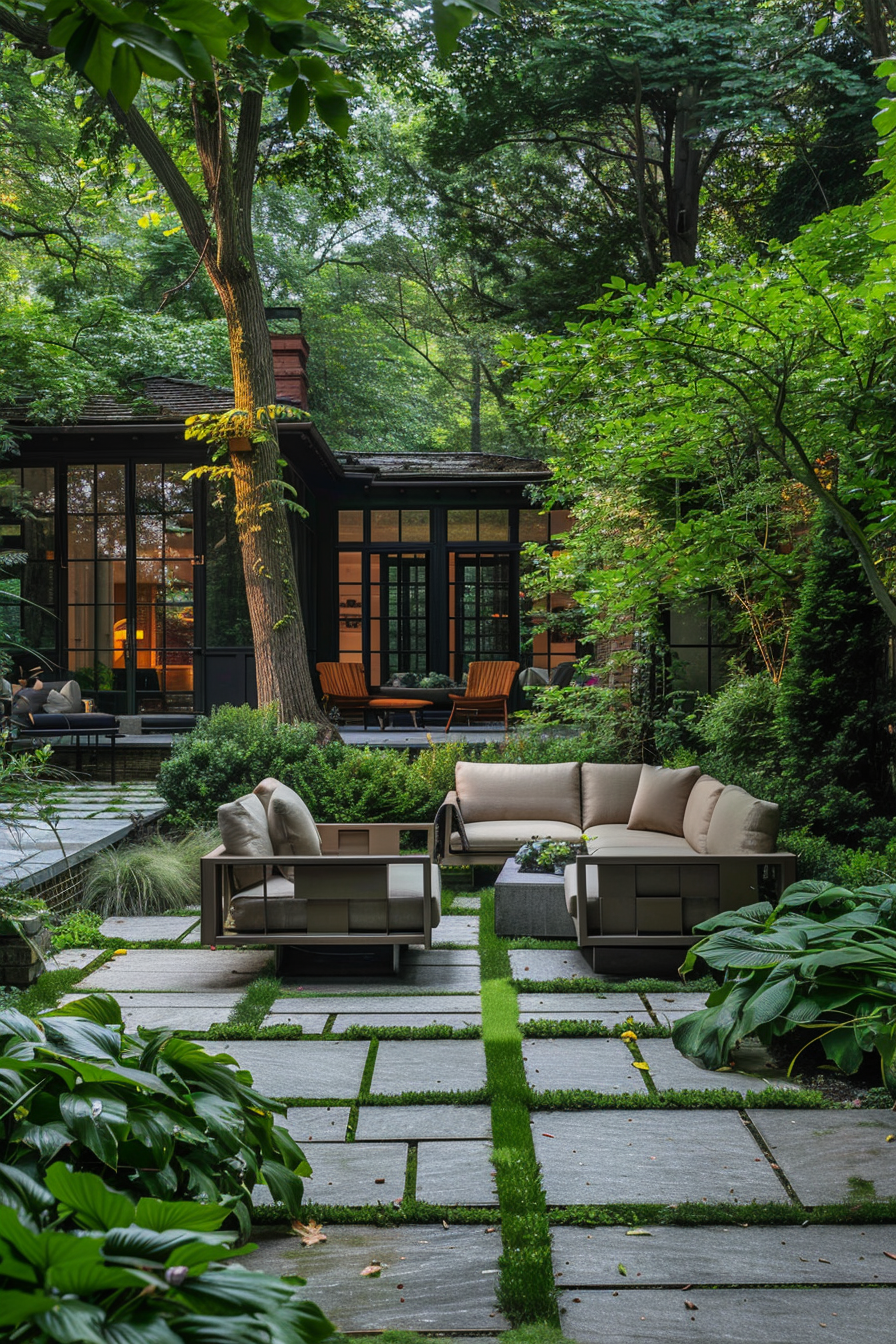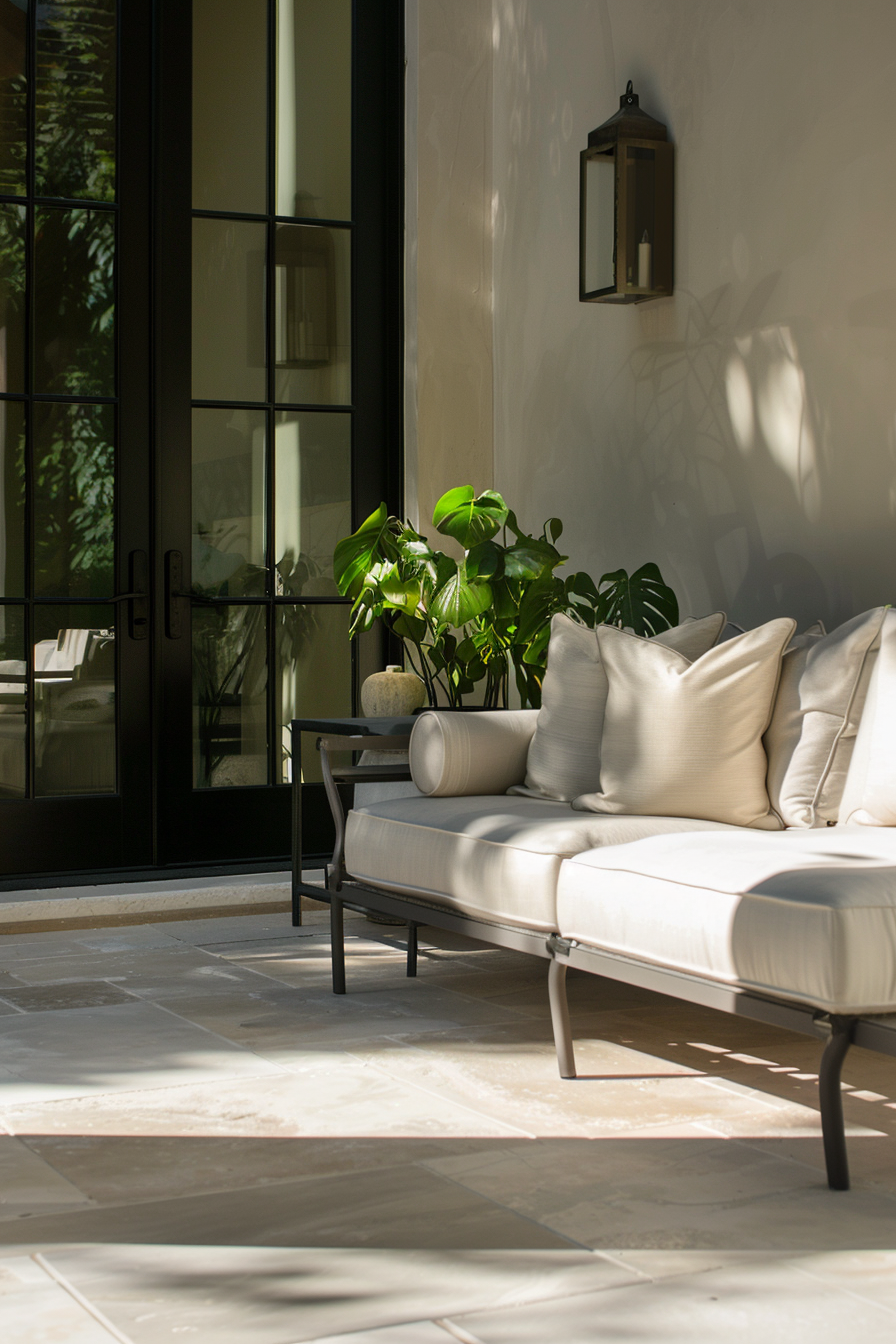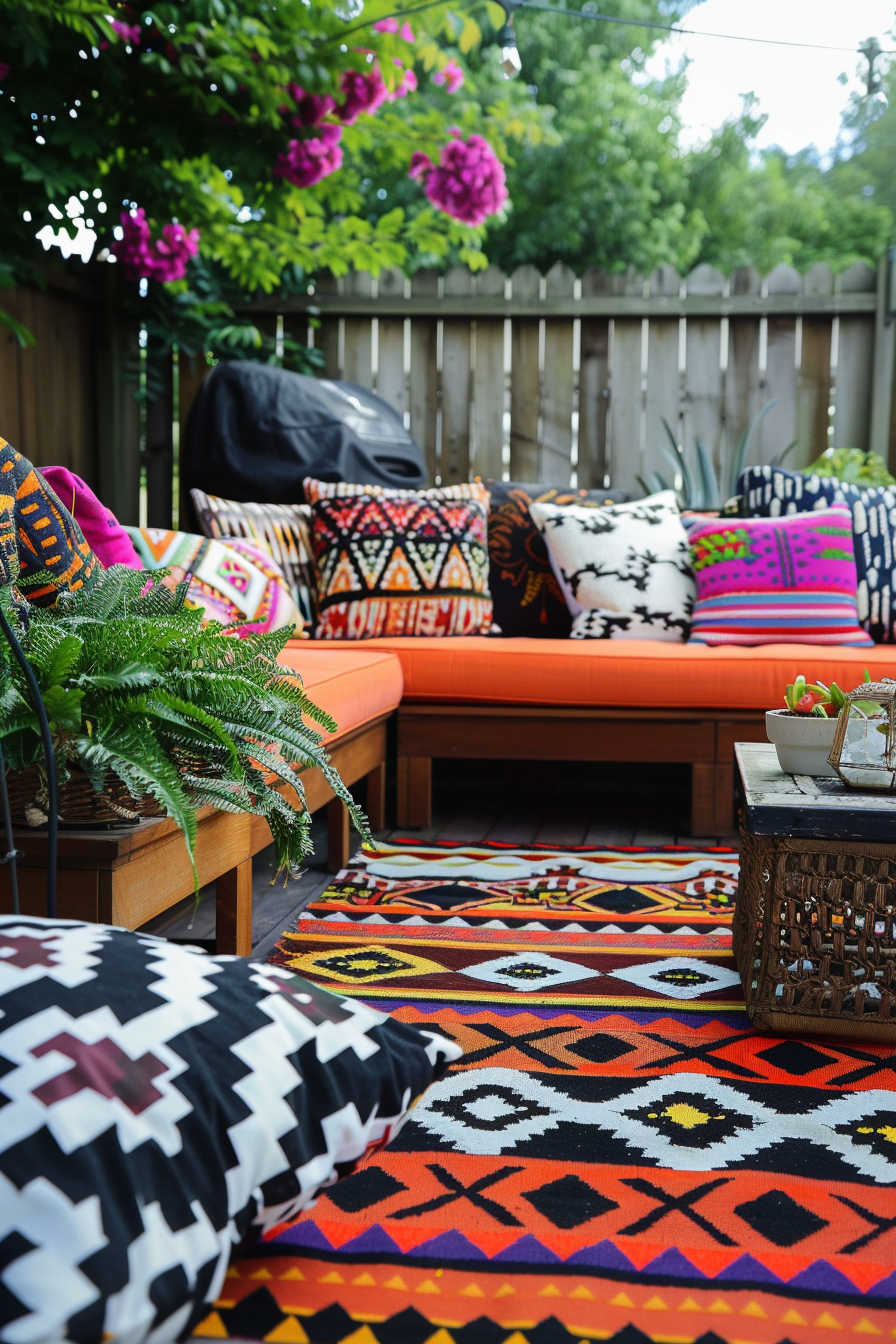When it comes to small outdoor spaces, every square foot counts. In this article, we’ll explore ingenious ways to utilize pavers to create a functional and stylish patio that maximizes the available space, turning even the tiniest outdoor area into a welcoming retreat.







































Follow Quiet Minimal on Pinterest for more home design tips and inspiration.


